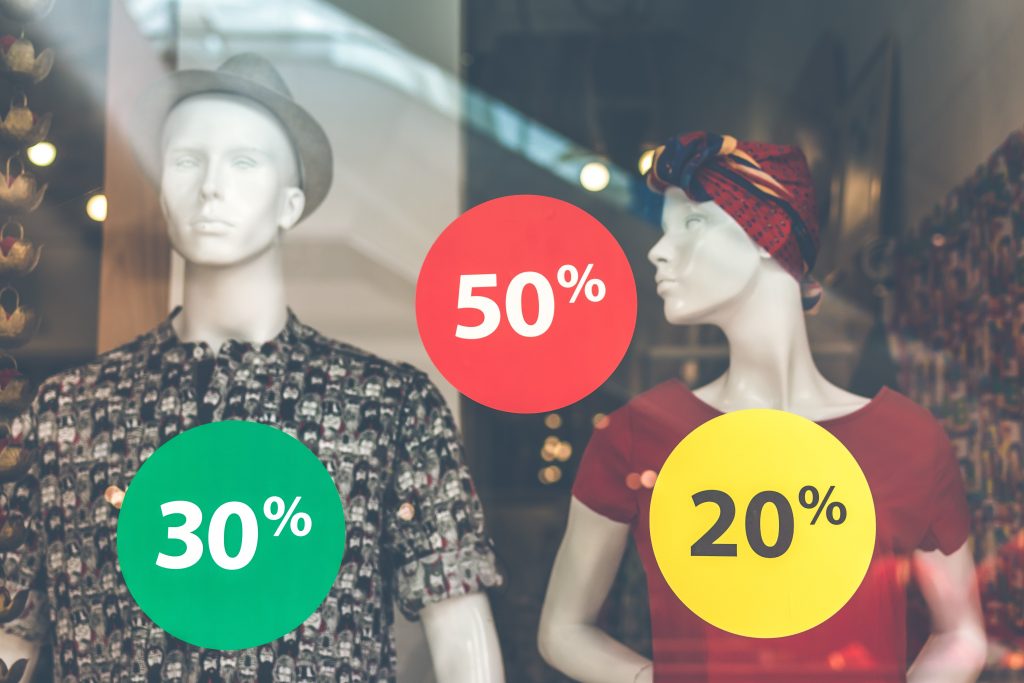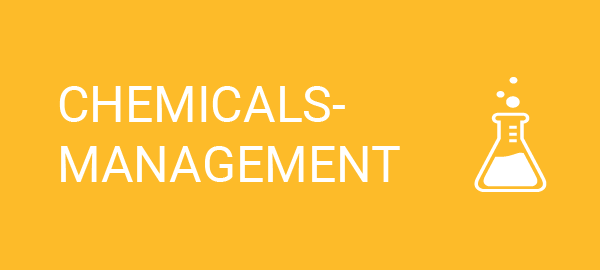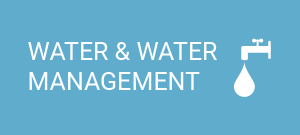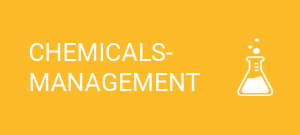One kilogram of clothing is treated with about one kilogram of chemicals.
Their use begins with the production of the material: synthetic fibre is produced in a chemical process from fossil raw materials and chemical additives.
But even if you choose cotton, caution is advised: It is often treated with a variety of pesticides.
A conventional T-shirt is also dyed and perhaps printed or even bleached.
Each of these processes involves the use of various chemicals that we absorb through the skin when we wear the clothing.
Effects on our health can be:
A damage of the endocrine system, metabolic and growth disorders, a weakening of the immune system, organ development disorders, infertility, allergies and various types of cancer.
And what does this have to do with the environment?
There is a saying that the trend colour of the year can be recognized by the colour of the rivers in China.
Outside Europe, where a large part of our clothing is produced, there are less strict environmental regulations regarding industrial wastewater. Many pollutants and production waste are discharged unhindered into the sea there.
The same health effects that affect us also apply to animals. They can absorb hazardous substances, for example, through their food. Through the food chain, living creatures outside of rivers, lakes and seas are also affected.
Chemicals from our household flow into the waters as well.
Chemicals are released from our garments with every wash cycle. This can be seen, for example, when a T-shirt has a paler colour than before after being washed several times in the washing machine.
Sewage treatment plants are not designed to filter these substances – they often get into open waters unhindered and cause harm to many living creatures.
Think before you buy!
We should buy our clothes with care instead of constantly chasing the latest trends.
With textiles manufactured in the EU, you can be sure that stricter guidelines have been followed than, for example, with a garment from Bangladesh.
It is also advisable to use natural fibre instead of synthetic fibre. Here, as with other items of clothing, you should also look out for eco-labels.
Trustworthy for example are the „Blue Angel“, the „GOTS“ (=Global Organic Textile Standard) label or „Naturtextil BEST“.
Trust your senses – bright colours and chemical odours are an indication of dangerous chemicals.
Good for our health and the environment is to buy second hand! If an item of clothing has been washed many times, most of the chemicals have already dissolved.
However, the greatest art is to only buy what you really need.
Do not be tempted by the big number of sales – for the sake of your health and the environment!




